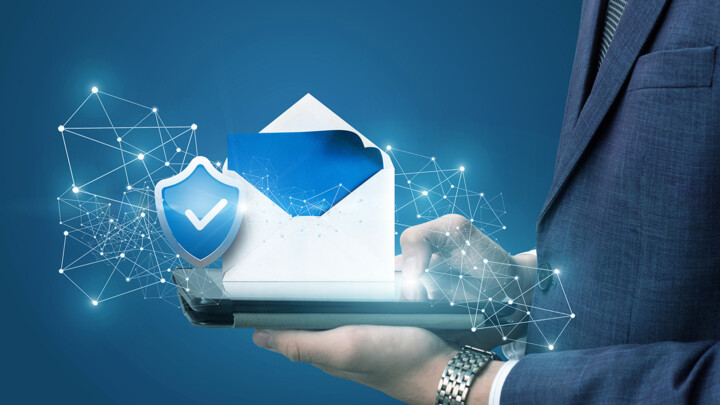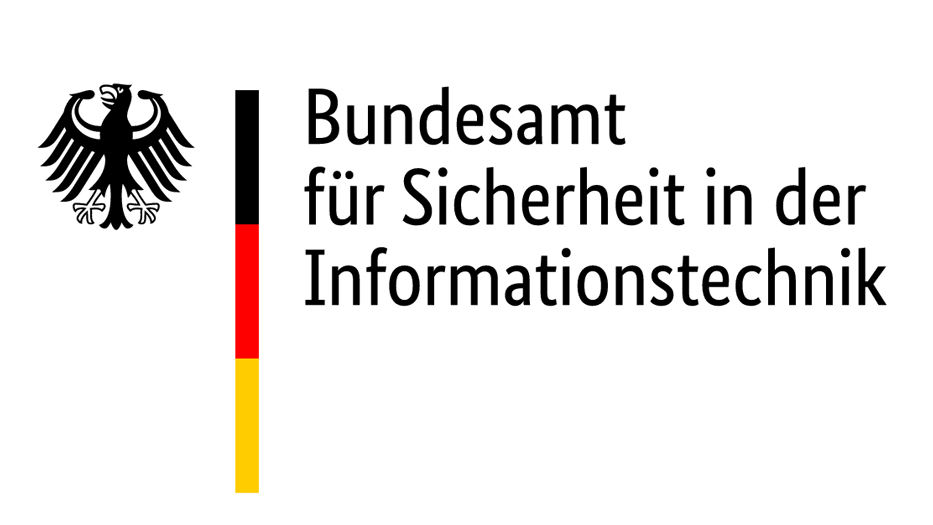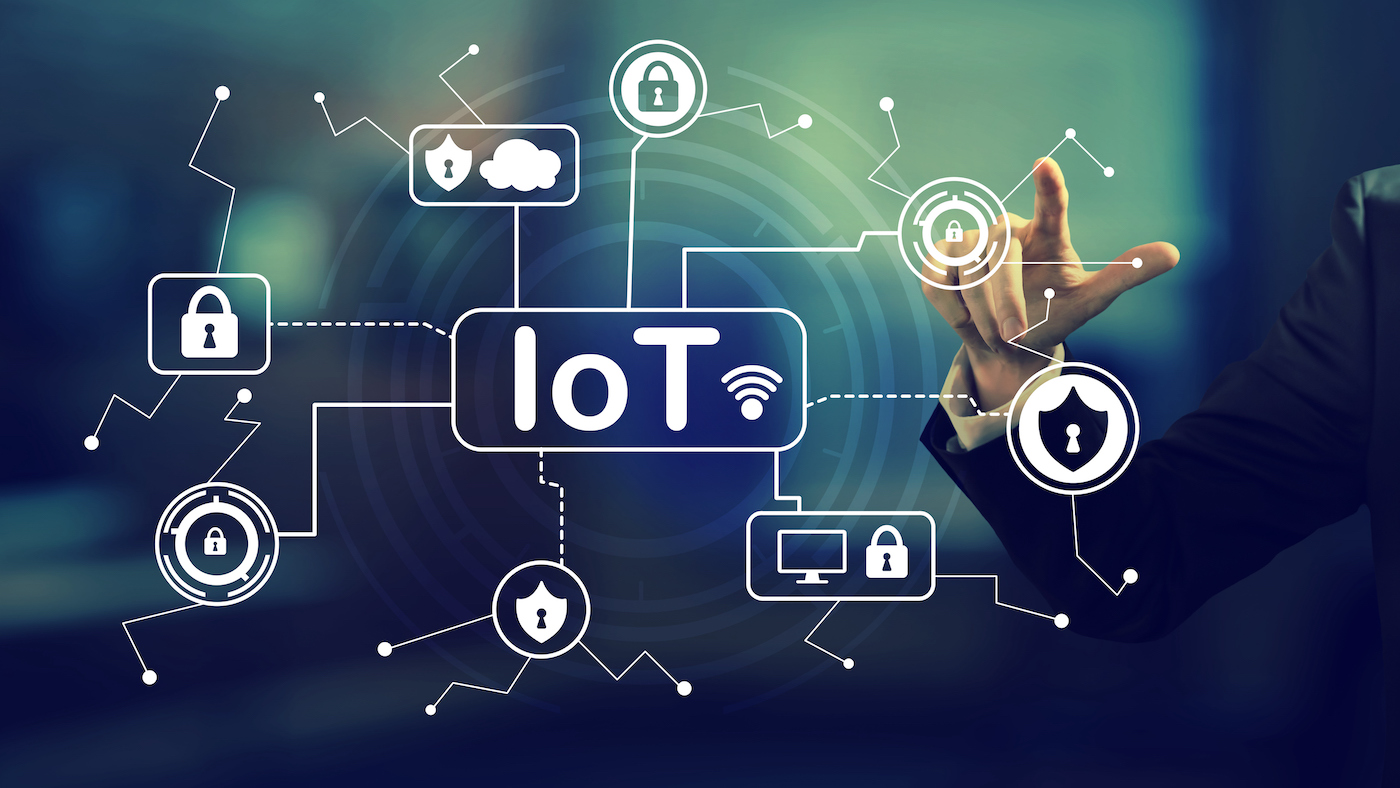Secure Email Communication
In today’s digital age, ensuring the security of email communication is paramount. Learn about the comprehensive Technical Guidelines from the German Federal Office for Information Security (BSI), authored by Kristina Pohl.

Particularly with regard to confidential communication, people often send their documents by email without any signature or encryption. The Technical Guidelines for Secure Email Transport (BSI TR-03108) and Email Authentication (BSI TR-03182) describe measures which enable email service providers to improve the level of security – without any additional effort for the users.
Since confidentiality and integrity of messages were not taken into account during the initial development of email communication, emails are vulnerable to attacks such as spoofing or phishing. Another major challenge is the large number and variety of communication participants, concerning both users and email service providers.
Users have different security needs and IT knowledge, and email service providers use security technologies. However, the measures taken by the providers must be coordinated in order to be fully effective and to avoid incompatibilities. For this reason, the Technical Guidelines serve as orientation
In order to keep up with the state of the art, the TR-03108 for Secure Email Transport was updated and expanded in 2023 and the new TR-03182 for Email Authentication was published early in 2024. Particular emphasis was placed on security standards and technologies already established on the market. At the same time, the specifications for cryptographic algorithms to be used were modernized and the requirements for reporting mechanisms such as SMTP TLS Reporting (TR-03108) and DMARC (TR-03182) were included. Both guidelines provide information (“best practices”) for correct implementation and configuration.
Secure transport
Email encryption can be realized by using TLS (Transport Layer Security). With the DANE (DNS-based Authentication of Named Entities) protocol – standardized by the Internet Engineering Task Force (IETF) – it is possible to check if email servers offer TLS and verify their identity before the start of the actual email communication.
The implementation of DANE ensures that communication is always encrypted as long as DANE is supported by both communication partners. In particular, DANE protects against manipulation during the negotiation of communication security (so-called downgrade attacks).
With DANE, digital signatures (fingerprints) are published on the DNS server to verify the certificates to be used by an email server. DNSSEC (Domain Name System Security Extensions) is the only way to ensure that the DANE entries in the DNS record are not manipulated. Therefore, the DNS security extension DNSSEC is an important prerequisite for DANE.
As an alternative to DANE with DNSSEC, the MTA-STS (Mail Transfer Agent-Strict Transport Security) standard was included in the newest version of TR-03108. Using MTA-STS, an email service provider can inform a requesting email server via HTTPS that a TLS-secured connection is supported and that the certificate to be used can be verified via the MTA-STS server.
MTA-STS is easier to implement for some email servers because it does not rely on DNSSEC. Unfortunately, it offers a lower level of protection than DANE, as it depends on the security of the MTA-STS server. For this reason, MTA-STS is only included in the guideline as a recommendation.
Authentication
In the new TR-03182, current technologies such as DKIM (Domain Keys Identified Mail) and SPF (Sender Policy Framework) are required, aiming at the verification of a sender domain’s identity. These measures are intended to counteract SPAM, spoofing, and phishing.
Even newly discovered attack vectors such as SMTP smuggling can be mitigated by implementing these measures in compliance with TR-03182. With DMARC (Domain-based Message Authentication, Reporting, and Conformance), a policy-making and reporting mechanism is included in this TR. DMARC, just like TLS RPT, enables email service providers to continuously monitor and optimize their security measures.
Labeling
The BSI issues the IT Security Label on the basis of TR-03108 (version 1.0.2). By means of the manufacturer’s declaration, an email service provider guarantees that the mandatory requirements of the TR are fulfilled. Information about the technical characteristics of the service and the test method are provided to the BSI which carries out a plausibility check. After a positive test, the label is issued for a period of two years.
Once issued, all devices with an IT Security Label are subject to BSI market surveillance. They can check whether the email service provider fulfills the technical requirements for its service during the term of validity, either without cause (random checks) or on an ad hoc basis (e.g., if vulnerabilities become known). If security-relevant vulnerabilities are discovered by the market surveillance authority or third parties, the email service provider is obliged to fix them. The IT Security Label can be applied for different product categories, including the large area of smart consumer devices. In the email services category, eighteen German email products have already been labeled.
In addition to the IT Security Label, email service providers can have their compliance with the requirements of TR-03108 (version 2.0) confirmed by a certificate from an independent testing body. The BSI has developed a new certification procedure for this purpose.
In conclusion
Despite the increasing use of messenger services, email still remains one of the most important means of communication, especially in the business sector. With its Technical Guidelines, the BSI makes an important contribution to promoting secure and authentic email communication for the state, economy, and society in cooperation with national and European partners. In Germany, email service providers can demonstrate the successful implementation of the requirements through the labeling and certification procedures offered by the BSI, thereby contributing to greater transparency of their security procedures to users.
Kristina Pohl studied electrical engineering in Cologne. She has been working at the BSI since 2019 and has been involved as a project manager in updating BSI TR-03108 and creating BSI TR-03182.

Please note: The opinions expressed in Industry Insights published by dotmagazine are the author’s or interview partner’s own and do not necessarily reflect the view of the publisher, eco – Association of the Internet Industry.




